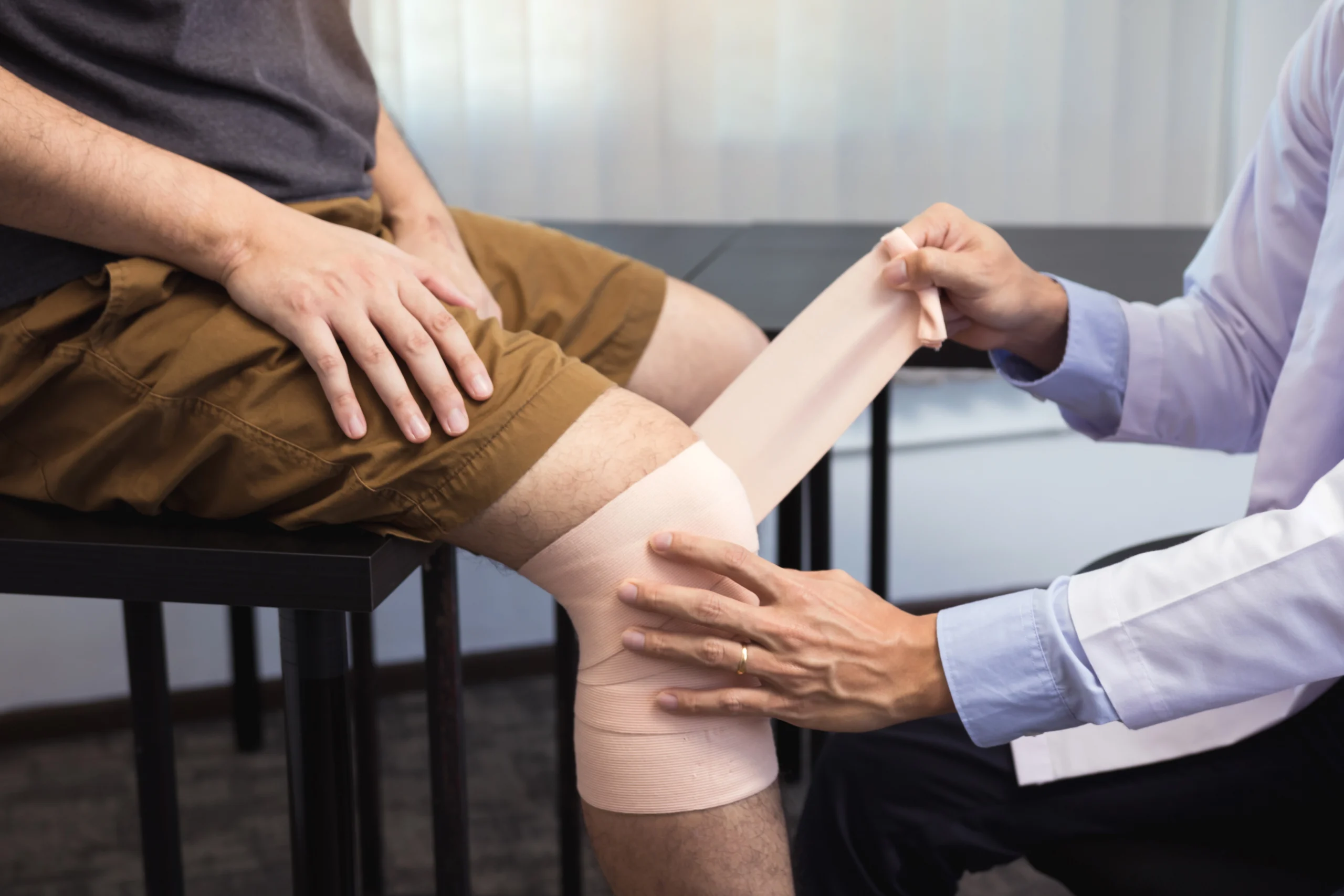
Manipulation under anaesthesia (MUA): restoring mobility and reducing pain
Manipulation under anaesthesia (MUA) is a specialised, non-invasive procedure used to treat joint stiffness and pain. This advanced technique is particularly effective for patients who have not achieved desired results through traditional physical therapy or other conservative treatments. MUA helps improve range of motion and alleviate pain, enabling patients to return to their daily activities with ease.
What is manipulation under anaesthesia (MUA)?
MUA is a procedure in which the affected joint is gently manipulated while the patient is under anaesthesia. This allows the surgeon to move the joint beyond its usual range of motion without discomfort to the patient, breaking up scar tissue and adhesions that limit mobility. MUA is often performed for conditions affecting the knees, shoulders, and hips.
Who is a candidate for MUA?
MUA may be recommended for individuals who:
- Have chronic joint pain and stiffness resistant to conventional treatments.
- Experience restricted mobility due to scar tissue or adhesions.
- Are recovering from surgeries like knee replacement but have persistent stiffness.
- Have undergone previous physical therapy with limited success.
How is MUA performed?
The procedure is typically completed in the following steps:
- Pre-procedure assessment: A thorough evaluation, including imaging and medical history, ensures MUA is the right choice for the patient.
- Anaesthesia: The patient is placed under general anaesthesia to ensure comfort and relaxation.
- Joint manipulation: The surgeon carefully moves the joint through specific motions to break up scar tissue and adhesions.
- Post-procedure therapy: Following MUA, patients often undergo physical therapy to maintain and improve the gains in mobility.
The procedure is usually completed in an outpatient setting and lasts about 15-30 minutes.
What is the recovery and post-MUA care?
After MUA, patients typically experience noticeable improvements in mobility and pain relief. Recovery involves:
- Physical therapy: A tailored rehabilitation program ensures long-term success.
- Pain management: Mild soreness is common but subsides quickly with appropriate care.
- Activity guidelines: Patients are encouraged to resume light activities soon after the procedure while avoiding strenuous movements during the initial recovery phase.
What are the benefits of MUA?
- Improved range of motion and joint flexibility.
- Effective for chronic stiffness and pain resistant to other treatments.
- Non-invasive procedure with a short recovery time.
- Can significantly enhance the outcome of prior surgeries or treatments.
What are the potential risks and considerations?
While MUA is generally safe, some risks include:
- Minor soreness or swelling.
- Rare cases of joint or tissue injury.
- Temporary discomfort during recovery.
Our experienced team takes every precaution to minimise risks and optimise patient outcomes, ensuring a smooth and effective recovery process.
Summary: why consider MUA?
Manipulation under anaesthesia is an innovative option for individuals seeking relief from chronic joint stiffness and pain. By combining advanced techniques with personalised care, MUA offers:
- Enhanced mobility and pain reduction.
- A quick, non-invasive solution for stubborn joint issues.
- A pathway to regain your quality of life.
Take control of your joint health today. Schedule a consultation to learn if MUA is the right option for you.
